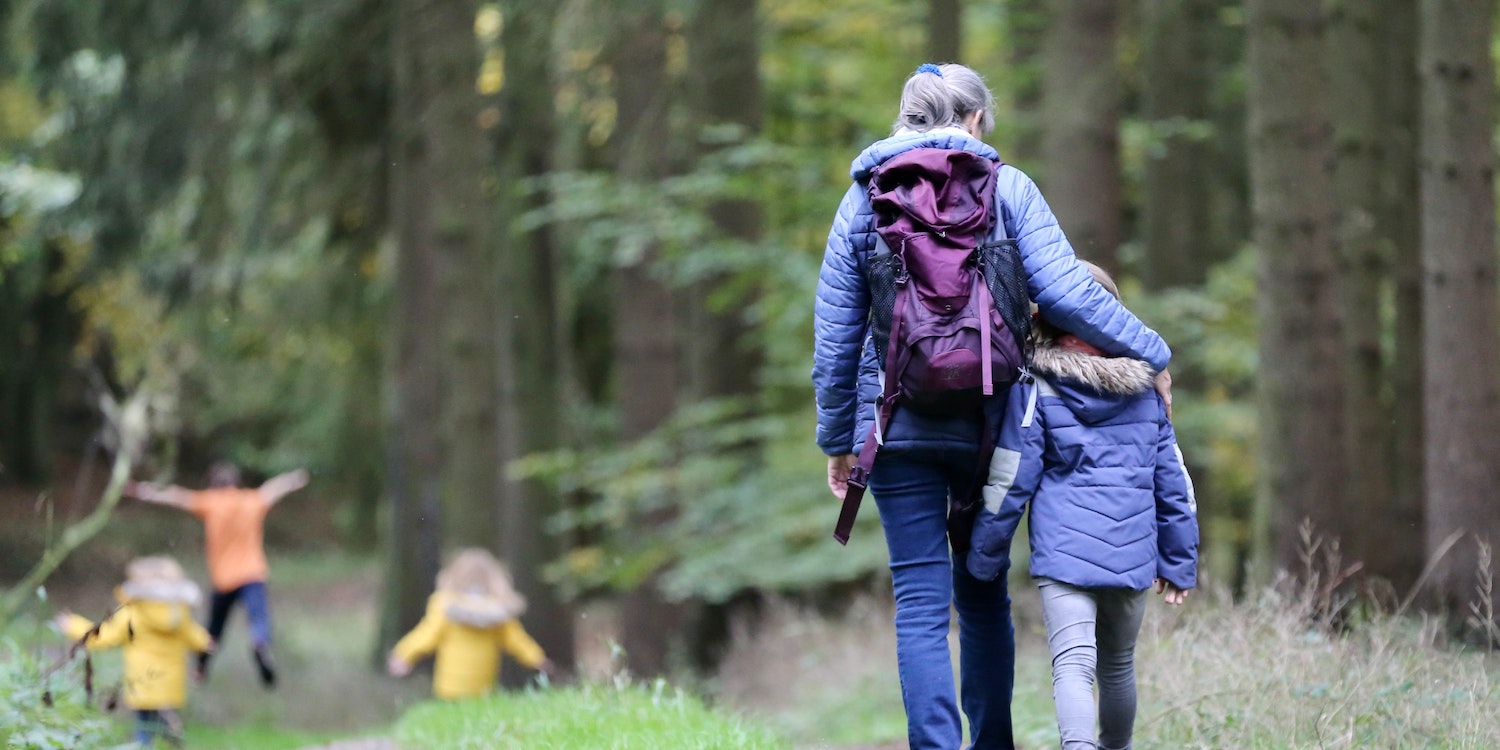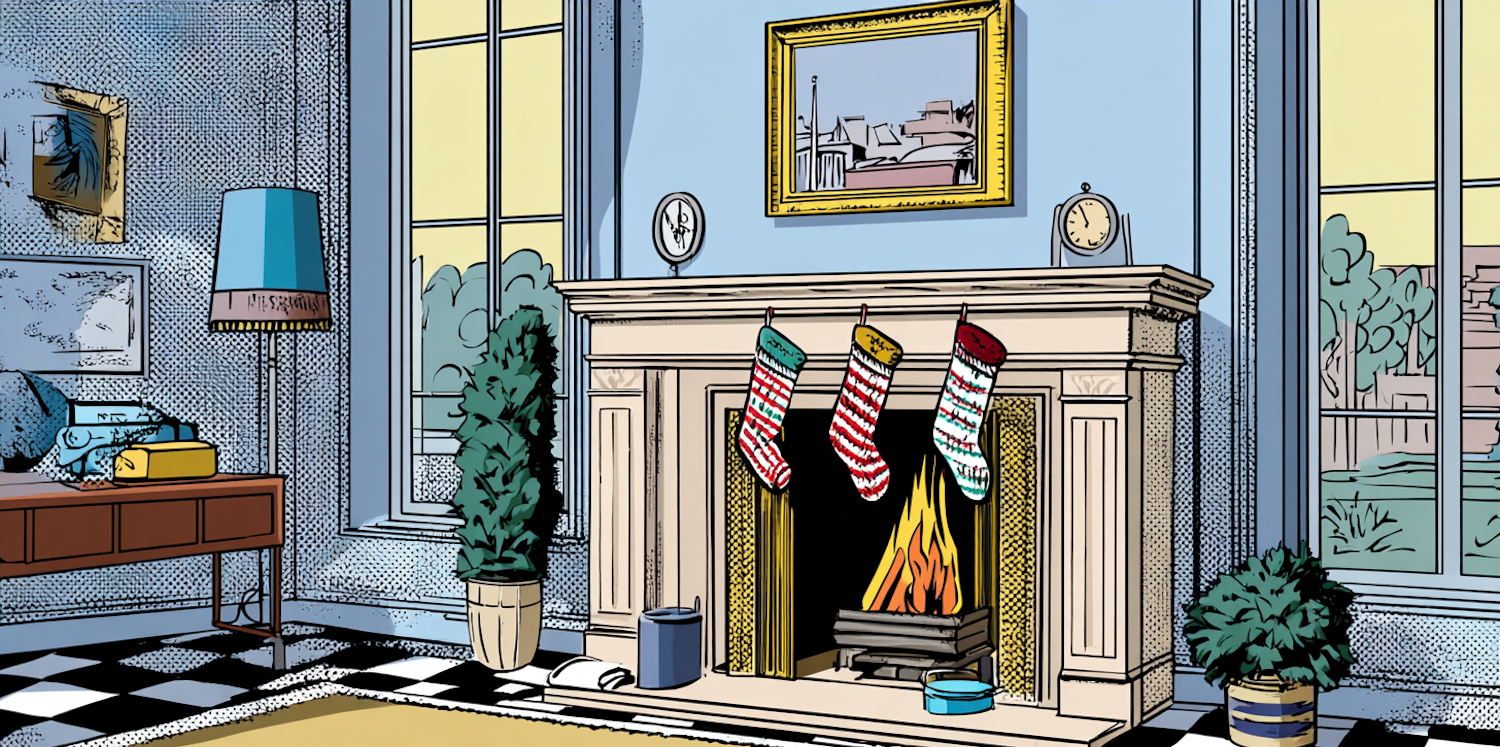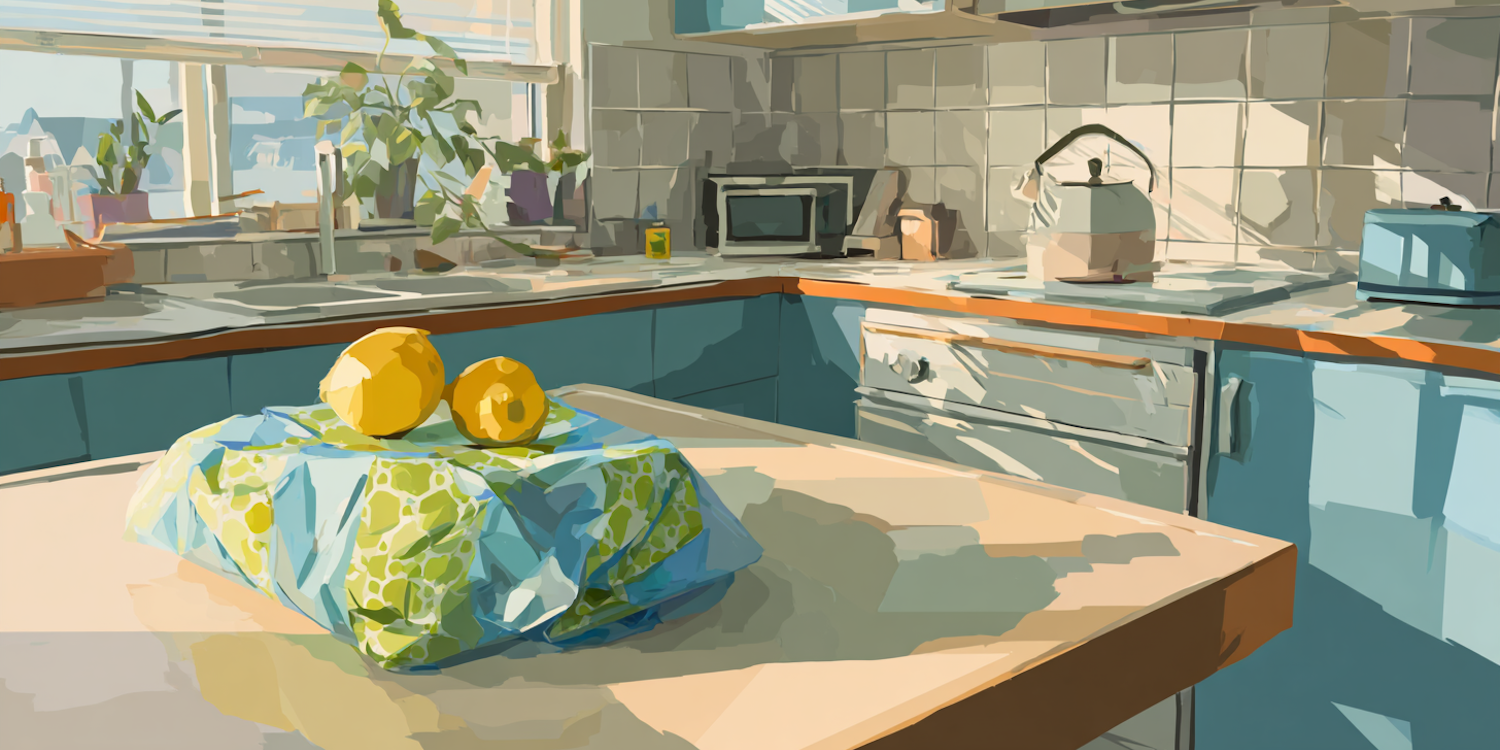Have you ever taken a ride on the habit roller coaster?
It goes like this: you feel excited about a new change you want to make. You jot down a list of goals and go after it with gusto. For a while, you stick to your guns. Then something comes up and you get off track. You start feeling discouraged, behind, and burnt out. So you give up and push your goals off for later.
Until, sooner or later, another burst of inspiration strikes and you start all over again.
If you’ve been in this cycle, you’re not alone. Building sustainable habits can be tough. Some of the most common obstacles to forming new habits include:
- Setting too many goals at once
- Making goals too challenging to start
- Lacking a clear definition of success
- Relying on feelings of motivation to drive action
- Having an environment with too much friction
In this post, we’ll dive into science-backed tips to help you counter these and other roadblocks. That way, you can build new sustainable habits that help you feel your best and do something positive for the planet.
5 Tips to Make Creating Sustainable Habits Easier
There are countless resources out there to help you change your habits. In this article, we’re building on concepts from two books on the subject: Atomic Habits by James Clear, and Essentialism by Greg McKeown.
Both these works emphasize how important it is to take a slow, steady, mindful approach to new habits. So now, let’s dive into the details of applying these ideas to sustainability.
First, Define Your Goal and Your Why
Begin with the end in mind. This helps you know where you’re going — and why you want to get there. Ask yourself a few questions such as the following.
What Does Success Look Like for You?
In a moment, we’ll talk about how to break your big goal into smaller, manageable parts. But for now, consider what your target destination is.
Let’s say your long-term, big-picture goal is to stop using single-use plastic at home. Take a moment to think about what this looks like for you. What specific items do you need to find swaps for to feel like you’ve succeeded? How will you feel when you reach your goal?
Knowing what your end vision is will help you decide what steps to take to get there.
Why Is This Habit Important to You?
This is your motivation for the habit you’ve chosen. In the example above, maybe you want to cut out single-use plastics to save money, keep plastic out of the ocean, and create a healthier home.
Consider writing your “why” down and placing it somewhere you can see it often. That way, you can go back to this core value if you hit a slump later on.
Now that you have your destination and motivation in sight, let’s talk specifics.
Start Slow to Go Far
One of the biggest obstacles to new habits is overwhelm. ‘
This feeling often comes from trying for too much too quickly. And, as you’ve probably experienced, feeling overwhelmed makes it tough to move forward. To get started without getting overwhelmed, try using these two principles.
Focus On Changing One Thing at a Time
In a moment when you’re feeling inspired, it’s easy to write down a long list of goals. And while you’re writing, those goals seem completely within reach. But as you get going, you may find your attention split between too many things. And once you start slipping on one goal, you lose your drive to work on the others.
This is why it’s a good idea to pick just one habit to build at a time. Once you solidify the first habit, you can add another. Or you can even combine them! (More on that later.)
Make Your Habit Simple and Easy to Start
When you’re first starting out, your habit should be as easy to accomplish as possible. In his book, James Clear advises using the “two-minute rule.” This rule means boiling your initial habit down to something that takes two minutes or less.
That may mean creating the simplest version of your habit. Or it could mean isolating the first step that will send you in the right direction.
In our single-use plastic example, a two-minute goal could be something like, “I put my reusable grocery bags in my trunk after each use so they’re ready for next time.”
Create the Right Environment
Your environment plays a pivotal role in forming new sustainable habits. This includes your physical environment as well as the environment inside your mind. With these five tips, you can create a setting that gives you the best chance for success.
Use an Obvious Cue
Our minds rely on cues to make subconscious decisions. Fortunately, you can use this fact in your favor. Create a cue for your desired habit that you notice easily and often.
For example, if your goal is to use a refillable water bottle, you could place it on the counter at night so you can grab it when you leave in the morning. Or if you’re trying to start composting, you could put your scrap collection bin at the front of your freezer shelf.
Remove Obstacles
In general, humans are wired to take the path of least resistance. So if there are a lot of obstacles between you and your habit, it’ll be much harder to build momentum.
Imagine the habit you’re building is using fewer disposables in the kitchen. If your plastic baggies are front and center, but your reusables are buried in the back of a cupboard, which will you reach for first?
In this scenario, you could make it easier to choose reusable containers by placing them in an accessible spot.
If you’re struggling to complete your new habit, think about what obstacles may be standing in your way. Then find ways to remove them so you experience less friction.
Learn to Start and Restart Anytime
There’s a reason so many of us create New Years’ Resolutions — we like the idea of a fresh start. But tying your starting points to specific dates or seasons can limit your progress. So don’t wait for January 1st, the next Monday, or another time-bound milestone.
Instead, start whenever and wherever you are. And if you find yourself slipping up, restart right away. You can give yourself a clean slate any day of the year. And by doing so, you’ll be able to create even more of a positive impact.
Tie Your Habit to Your Identity
Our identity influences what habits we choose. And in return, our habits reinforce that identity. You can make it easier to stick to your habits by framing them as part of who you are.
For example, you could say, “I’m the type of person who chooses reusable items instead of disposable ones.” Or, “I’m someone who looks for an eco-conscious way to do things.”
This helps you shift your habit from just something you do to something you’re becoming.
Build Discipline, Not Motivation
Like we mentioned before, it’s easy to set goals and follow through when you’re feeling motivated. But motivation is just that: a feeling. And, like any emotion, it ebbs and flows. If you rely solely on motivation to drive your actions, you may find it hard to keep going on tough days.
Instead, work on building discipline. Discipline is a lot like a muscle. The more you use it, the stronger it gets. So start small by keeping little commitments to yourself, like bringing a sustainable snack to work instead of buying one from the vending machine. Over time, you’ll discover it gets easier to stick to your goals.
Make Your Habit Appealing
If someone asked you if you wanted to have lunch with them in the park or at the city landfill, which would you go for? This may seem like a silly question, but it highlights a key point. We choose things that appeal to us. Here are three ways you can make your habit more attractive.
Pair Your Habit With Something You Want to Do
Let’s say you’re working on bringing your own lunch to work in reusable containers. But you don’t really enjoy packing or cleaning up the lunch. To help make this time more appealing, add in something you do enjoy.
For instance, if you have a favorite podcast or audiobook, listen to it while you clean out your lunchbox and pack for the next day. Your brain will begin to associate the habit with something you like, and following through becomes easier.
Use a Habit Tracker
If you’re someone who needs visual reminders of progress, try using a habit tracker. Phone apps, calendars, or journals are a few ways to do this. Seeing your progress can give you an extra boost of positive reinforcement. And it has an added benefit: once you see your streak building up, it’s easier to continue rather than breaking the chain.
Celebrate and Reward Your Progress
Take time on a regular basis to see how far you’ve come with your goal. For instance, you could incorporate this into your weekend routine. You can consider obstacles you’re still facing as well as recognizing the progress you’ve made.
You might decide to choose some milestones where you reward your efforts. Try to make your reward something that ties in with your goal and reinforces the identity you’re building.
For example, once you’ve brought your own lunch for two weeks in a row, you buy a few of your favorite low-waste foods and treats to add into your lunches for the next week.
Seeing and celebrating your progress matters. But once you do, how do you keep moving forward with your habits?
Keep Your Momentum Going
For many of us, getting started is the hardest part. But it can also be challenging to keep going long-term. These three ideas can help you maintain your hard-earned momentum.
Expand On What’s Working
Remember how we recommended starting with a two-minute version of your habit? Once you have that down, you can build on what you’re already doing. This helps you make more progress without requiring a lot of extra discipline. And it can help keep you from getting bored with the habits you’re working on.
Here’s a quick example of how this could work:
Your big-picture goal is to read an article about sustainability every day before bed so you can be more informed about the climate.
Your initial habit could be placing your reading device on your pillow when you make your bed in the morning. This creates a cue and takes less than two minutes.
Your next step could be finding an article and reading it before bed.
Once that becomes a habit, you might start reading two articles, or you could jot down your thoughts on a notepad.
Try Habit Stacking to Create New Routines
Habit stacking, a concept from Atomic Habits, means combining habits to create routines. If you have one habit you’re already good at, you can connect a new habit to it. This gives you an easy way to get started and can help you overcome friction.
For example, if you already have the habit of filling up a reusable water bottle every morning, you could add on the habit of putting a snack into a reusable container when you’re finished.
Join a Community
Everything is easier when you have support. So find a community with similar goals and values to yours. See if there’s a local zero-waste group, or join a community online.
You can sign up for our email list to get regular inspiration on sustainable living from Lochtree. Then if you have questions or need extra encouragement, all you have to do is hit reply!
10 Simple Ideas for New Sustainable Habits
If you know you want to do something kind for the planet, but you’re not sure where to start, here are ten ideas for habits you can try.
- Use a reusable water bottle instead of disposables
- Save food scraps for compost instead of throwing them out
- Walk or bike to somewhere you go regularly instead of driving
- Bring your own sacks and produce bags when you go to the store
- Mend holes in your clothing instead of throwing them away
- Shop second-hand first when possible instead of buying new
- Safely pick up litter when you’re out and about
- Take your own lunch to work in reusable containers
- Donate regularly to a reputable climate-focused organization
- Cook at home instead of eating out
Of course, you can choose any habit you like to start with. And whatever your goal, we’re here to support you as you work toward it.
The Habits We Build Together
At Lochtree, one of our core values is the power of small changes to create a big impact. And one way this shows up in everyday life is with the habits you build.
We hope this guide helps you build and stick to the sustainable habits you care about. We’d love to hear about your journey!
If you’re looking for specific ideas for reducing waste around your home, check out our guides to creating a:






